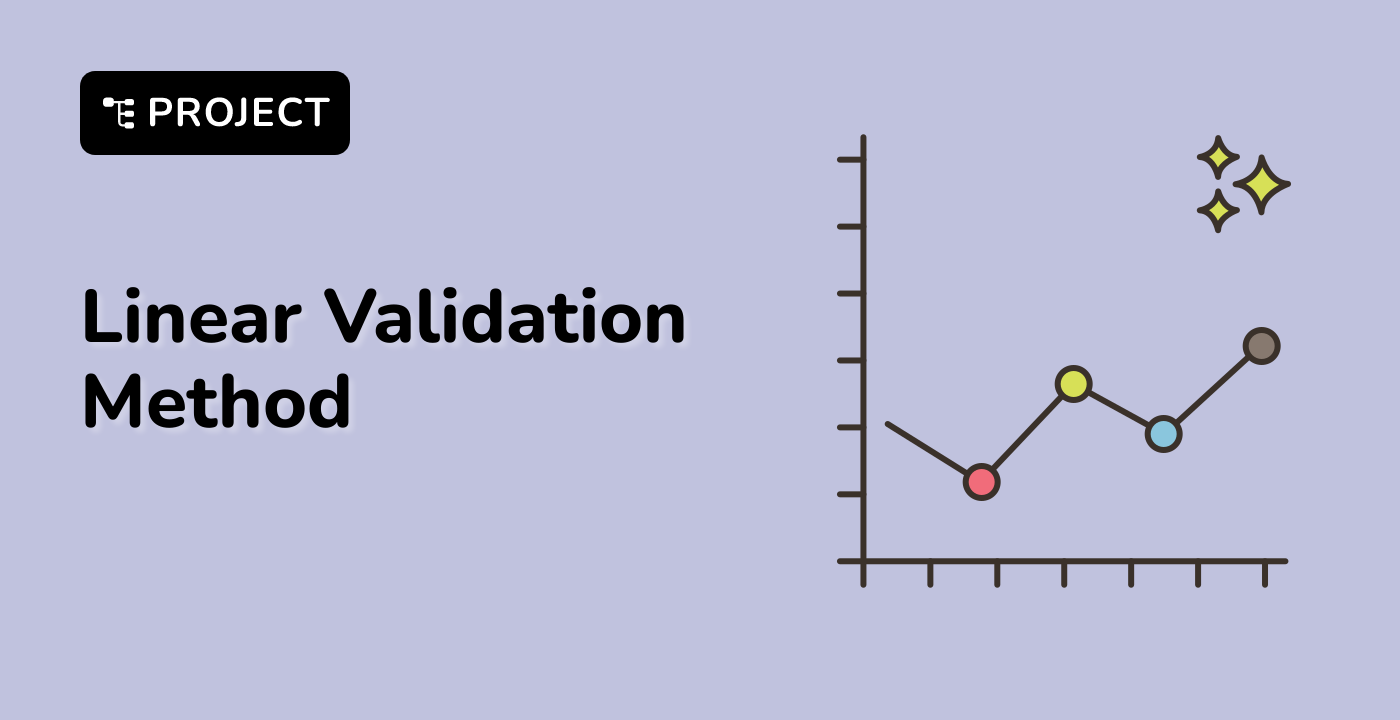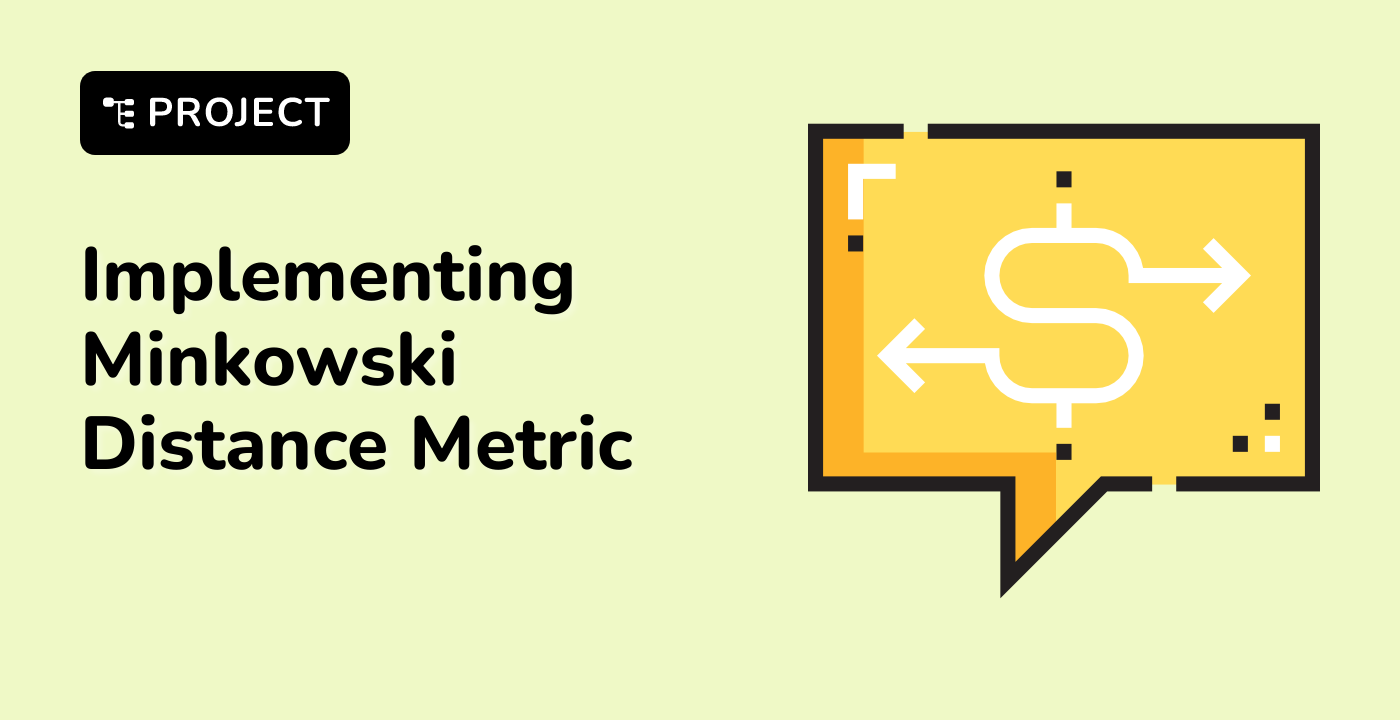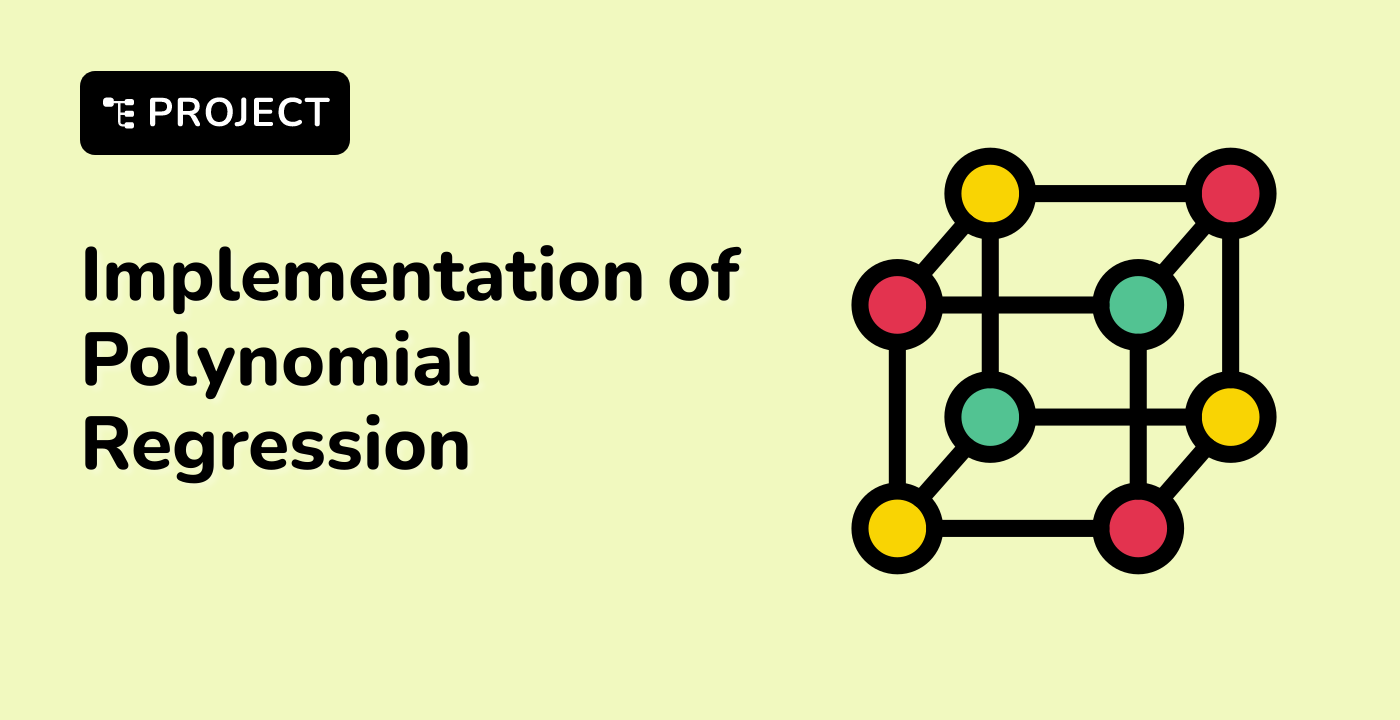Introduction
The linear regression model is simple and easy to model, but it embodies some important basic ideas in machine learning.
Given a sample x=(x_1;x_2;\cdots;x_d) with d attributes, the linear model can learn a function that predicts through the linear combination of attributes, that is f(x) = w_1\cdot x_1 + w_2 \cdot x_2 + \cdots + w_d \cdot x_d + b + \epsilon,
Here b + \epsilon is a constant, and \epsilon represents the error term. Because the attribute length is d, this linear model is also called a d-dimensional linear regression model.
For example, a three-dimensional linear regression model:
f_{level\_of\_a\_ML\_engineer} = 0.4 x_1 + 0.5 x_2 + 0.1 x_3 + 1.2
here:
- x_1 means programming skills.
- x_2 means algorithm skills.
- x_3 means communication skills.
In this challenge, we will be working on a problem related to linear regression. The task is to find the exponent value p that transforms a given nonlinear distribution into a linear one.





